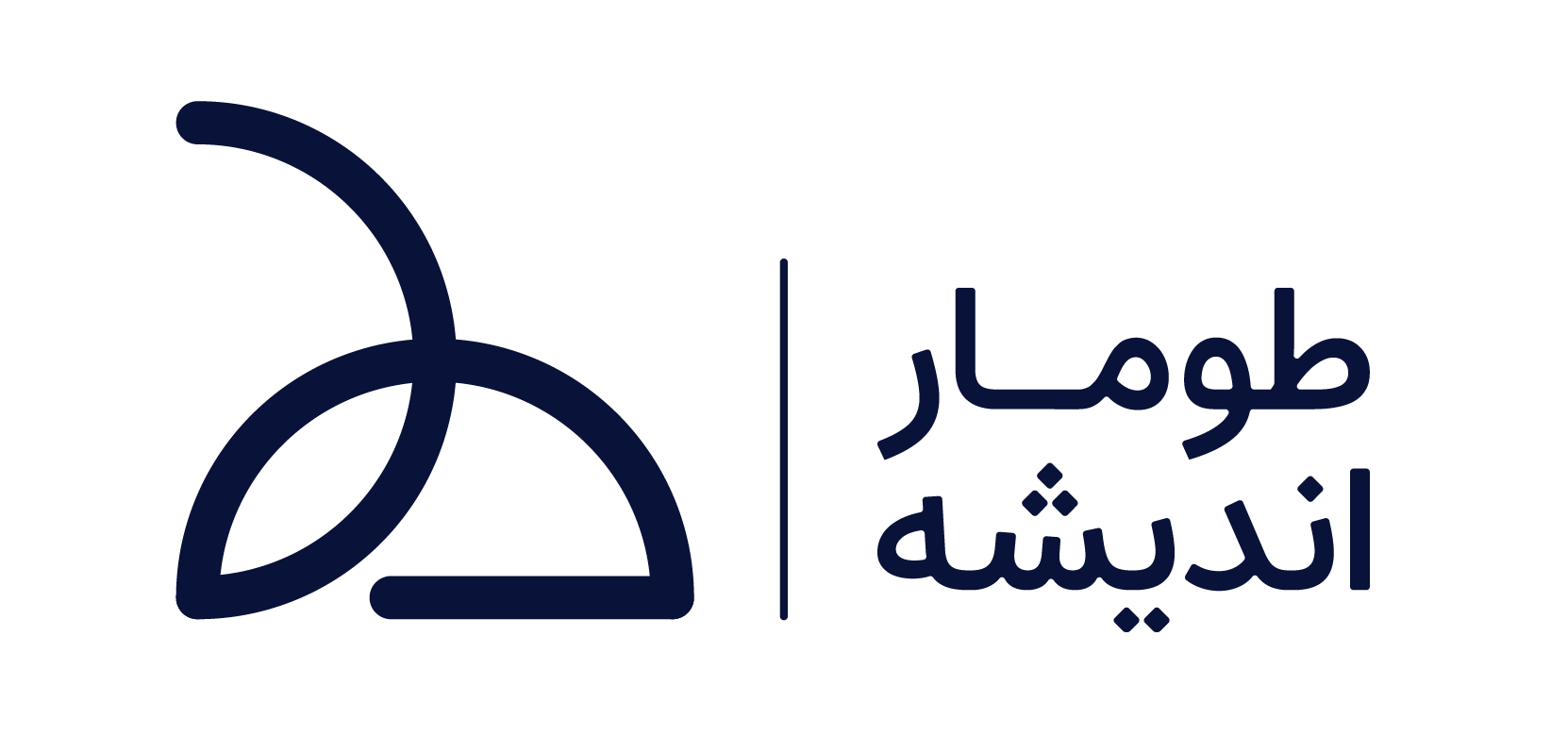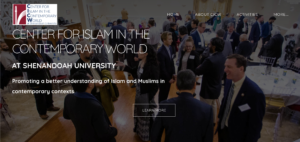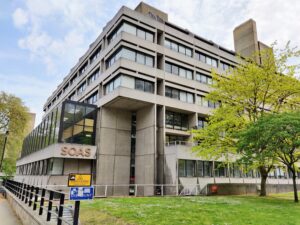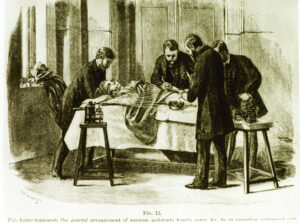دانشگاه کافوسکاری ونیز در آذر ماه سال آتی کنفرانسی با عنوان «نویسندگان به مثابه خوانندگان در دوره ممالیک و بعد آن: صفدی و همتایان وی» را برگزار خواهد کرد. متقاضیان مشارکت تا ۱۲ فروردین سال جاری برای ارسال چکیده فرصت دارند. اطلاعات بیشتر در ادامه:
Call for papers
Authors read. They read to inform themselves and stay up-to-date, they read for their pleasure and to get inspired. And they write—by definition—, using their readings in the course of their writing process. Authors often keep written traces (sometimes dated) of what they have read: a short statement on a manuscript page, a blurb, an anecdote in a letter to a colleague or friend, a résumé or notes jotted down in a notebook, a reading journal, an explicit quotation in their own work or the use of information unknown elsewhere than in a specific source.
Scrutinizing authors’ readings is informative on a variety of different levels. It gives information on their tastes and interests, on their subjects of work at a certain period, on their methodology and possible note-taking strategies, or on their scholarly milieu. It also brings a lot to intellectual history, giving information about the texts and manuscripts circulating at a certain period, in a certain place and milieu.
The research project RASCIO (Reader, Author, Scholar in Context of Information Overflow, Marie Curie Grant Agreement 749180, begun January 2018) aims at getting a better sense of al-Ṣafadī’s working method, of his scholarly network, of his habits as a reader and as a scholar in the extremely rich context of the beginning of the Mamluk period. The research is mainly based on a holograph: the forty-fourth volume of al-Ṣafadī’s tadhkira, his personal reading journal. Reaching the end of the project, an international conference is organized in order to share the results of RASCIO and to broaden the scope by confronting these results to other situations: other authors, other periods, other places…
The topics for analysis and debate include:
-Authors as readers. What do they read? How do they read? Do they take note of what they read? How when, and where? Where do they find the books they read? Do they leave material trace of their reading (paratextual elements in the manuscripts or summaries, comments, excerpts…)? And of what kind?
-Authors’ methodology and working method. Which are the tricks, devices, methods developed by scholars in the context of information overload of the Mamluk period? Are they the same than the ones developed by Europeans authors and readers in the Renaissance? Or from other periods?
-Scholars’ library, readers’ digest and collections. How were they constituted (personal autograph copy or holograph, gift, purchase…)? Were they transmitted as a whole or dismantled at the death of the author? Were they used by later scholars as a whole, as a model?
-Al-Ṣafadī and his network. Who were al-Ṣafadī’s literary acquaintances—next to the well-known literary-personal conflict with Ibn al-Nubātah? What is al-Ṣafadī’s friends and colleagues’ role in the composition and diffusion of his works (taqrīẓ, presence at sessions, samāʿāt…)? What do we know about his masters? What about the political connection? What is the role of correspondence in his scholarly life?
-Digital humanities for philology and manuscript studies. What are the new possibilities in terms of research questions and in terms of display of research results?
Proposals: if you wish to participate, please send a title and abstract by 31 March 2020 to elise.franssen@unive.it
Languages: French and English.
Élise Franssen, Ca’ Foscari University
Authors read. They read to inform themselves and stay up-to-date, they read for their pleasure and to get inspired. And they write—by definition—, using their readings in the course of their writing process. Authors often keep written traces (sometimes dated) of what they have read: a short statement on a manuscript page, a blurb, an anecdote in a letter to a colleague or friend, a résumé or notes jotted down in a notebook, a reading journal, an explicit quotation in their own work or the use of information unknown elsewhere than in a specific source.
Scrutinizing authors’ readings is informative on a variety of different levels. It gives information on their tastes and interests, on their subjects of work at a certain period, on their methodology and possible note-taking strategies, or on their scholarly milieu. It also brings a lot to intellectual history, giving information about the texts and manuscripts circulating at a certain period, in a certain place and milieu.
The research project RASCIO (Reader, Author, Scholar in Context of Information Overflow, Marie Curie Grant Agreement 749180, begun January 2018) aims at getting a better sense of al-Ṣafadī’s working method, of his scholarly network, of his habits as a reader and as a scholar in the extremely rich context of the beginning of the Mamluk period. The research is mainly based on a holograph: the forty-fourth volume of al-Ṣafadī’s tadhkira, his personal reading journal. Reaching the end of the project, an international conference is organized in order to share the results of RASCIO and to broaden the scope by confronting these results to other situations: other authors, other periods, other places…
The topics for analysis and debate include:
-Authors as readers. What do they read? How do they read? Do they take note of what they read? How when, and where? Where do they find the books they read? Do they leave material trace of their reading (paratextual elements in the manuscripts or summaries, comments, excerpts…)? And of what kind?
-Authors’ methodology and working method. Which are the tricks, devices, methods developed by scholars in the context of information overload of the Mamluk period? Are they the same than the ones developed by Europeans authors and readers in the Renaissance? Or from other periods?
-Scholars’ library, readers’ digest and collections. How were they constituted (personal autograph copy or holograph, gift, purchase…)? Were they transmitted as a whole or dismantled at the death of the author? Were they used by later scholars as a whole, as a model?
-Al-Ṣafadī and his network. Who were al-Ṣafadī’s literary acquaintances—next to the well-known literary-personal conflict with Ibn al-Nubātah? What is al-Ṣafadī’s friends and colleagues’ role in the composition and diffusion of his works (taqrīẓ, presence at sessions, samāʿāt…)? What do we know about his masters? What about the political connection? What is the role of correspondence in his scholarly life?
-Digital humanities for philology and manuscript studies. What are the new possibilities in terms of research questions and in terms of display of research results?
Proposals: if you wish to participate, please send a title and abstract by 31 March 2020 to elise.franssen@unive.it
Languages: French and English.
Élise Franssen, Ca’ Foscari University




